CONSTRUCTION
Buildings account for the largest share of energy use, and therefore have the greatest potential for improving energy efficiency.
Built environment is the key
Closed focus area (2008-2012)
The built-up environment – particularly the energy consumed in buildings – plays a key role in the energy consumption and greenhouse gas formation in Finland. If we are to achieve our energy conservation and reduction targets, we need extensive structural changes to new and existing buildings alike. Sitra’s Energy Programme guides the achievement of the structural changes necessary for development, both at the national level and that of the EU.
The energy regulations issued in Finland on 30 March 2011 will become effective in 2012 and change energy efficiency guidance in a historic way. Until now, building component-specific regulations have in practice dictated how to build, thus limiting creative design. In the future, requirements will focus on total energy consumption. The energy regulations for new construction will help Finland become a model country for sustainable construction. The new calculation method will enable a gradual transition to almost zero-energy construction by 2021.
Sitra’s Energy Programme also has a strong presence in the preparation of a European definition of a zero energy building. There is considerable variation between the existing national definitions, and even the units of measurement used for energy efficiency. The need for harmonisation of regulations is apparent. The definition effort is important for the functioning of the market. The transition to almost zero-energy construction some 10 years from now will be a Pan-European structural change, which will improve the energy efficiency of buildings in unforeseen ways.
Improving the energy efficiency of the existing building stock requires both functional technical solutions and services as well as incentives encouraging renovation projects. In existing built-up areas, additional and infill construction offer an option to finance the necessary improvements. The continuous rise of energy prices further increases the profitability of renovations. Together with the energy subsidies and the tax credit for domestic costs on offer, even current energy prices have created considerable market potential for improving the efficiency of old single-family houses with electricity or oil-based heating systems in particular. These buildings also represent the greatest potential for energy savings. Sitra’s Energy Programme seeks to activate renovation projects resulting in improved energy efficiency by developing industrial solutions and service concepts, as well as through competitions.
The process of improving the energy efficiency of the built environment begins with land use planning. In the future, the far-reaching environmental effects of land use plans must be assessed increasingly carefully. As the best solutions are often case-specific, the projects carried out within the Energy Programme are concerned with developing an operating model and guidelines for energy supply and emissions assessment, to be integrated as part of environmental impact assessment in land use planning.
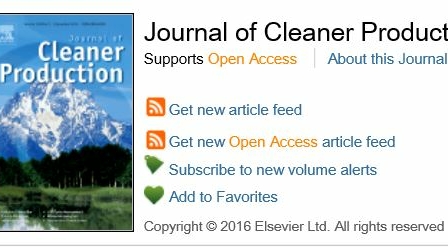
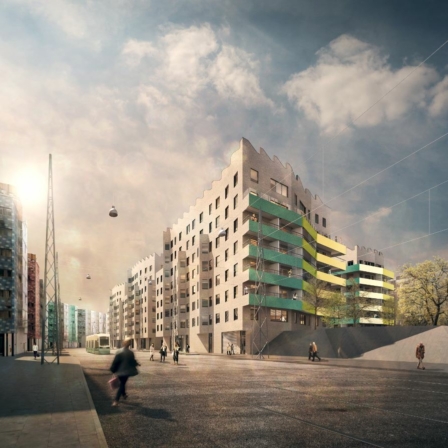
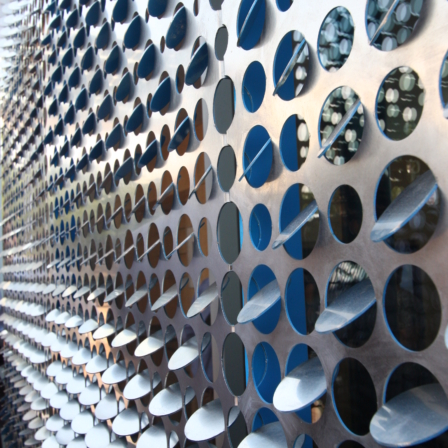






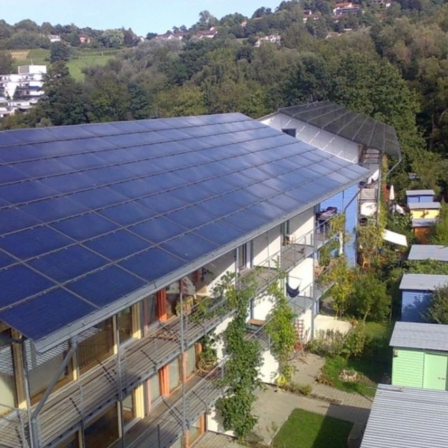





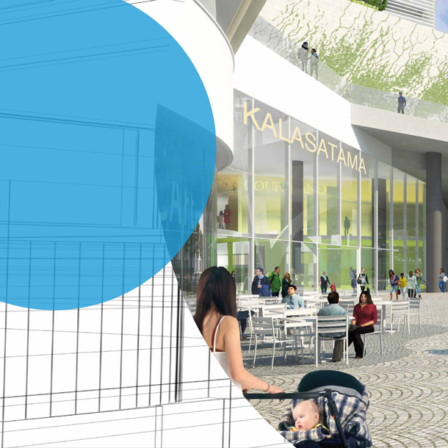
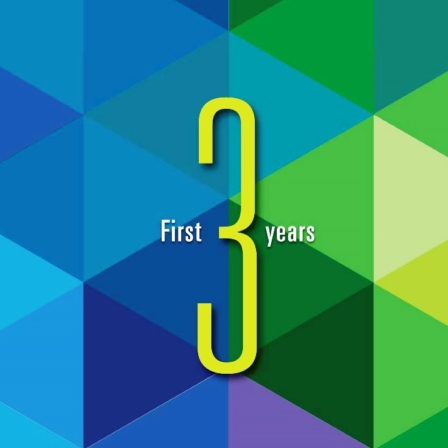


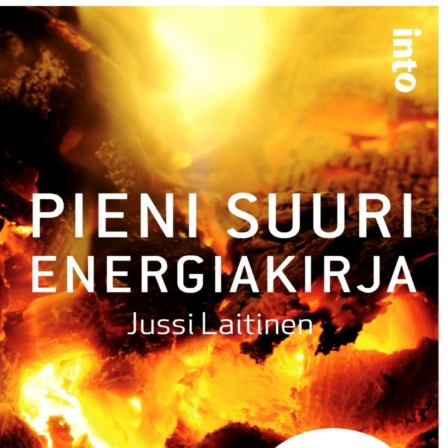
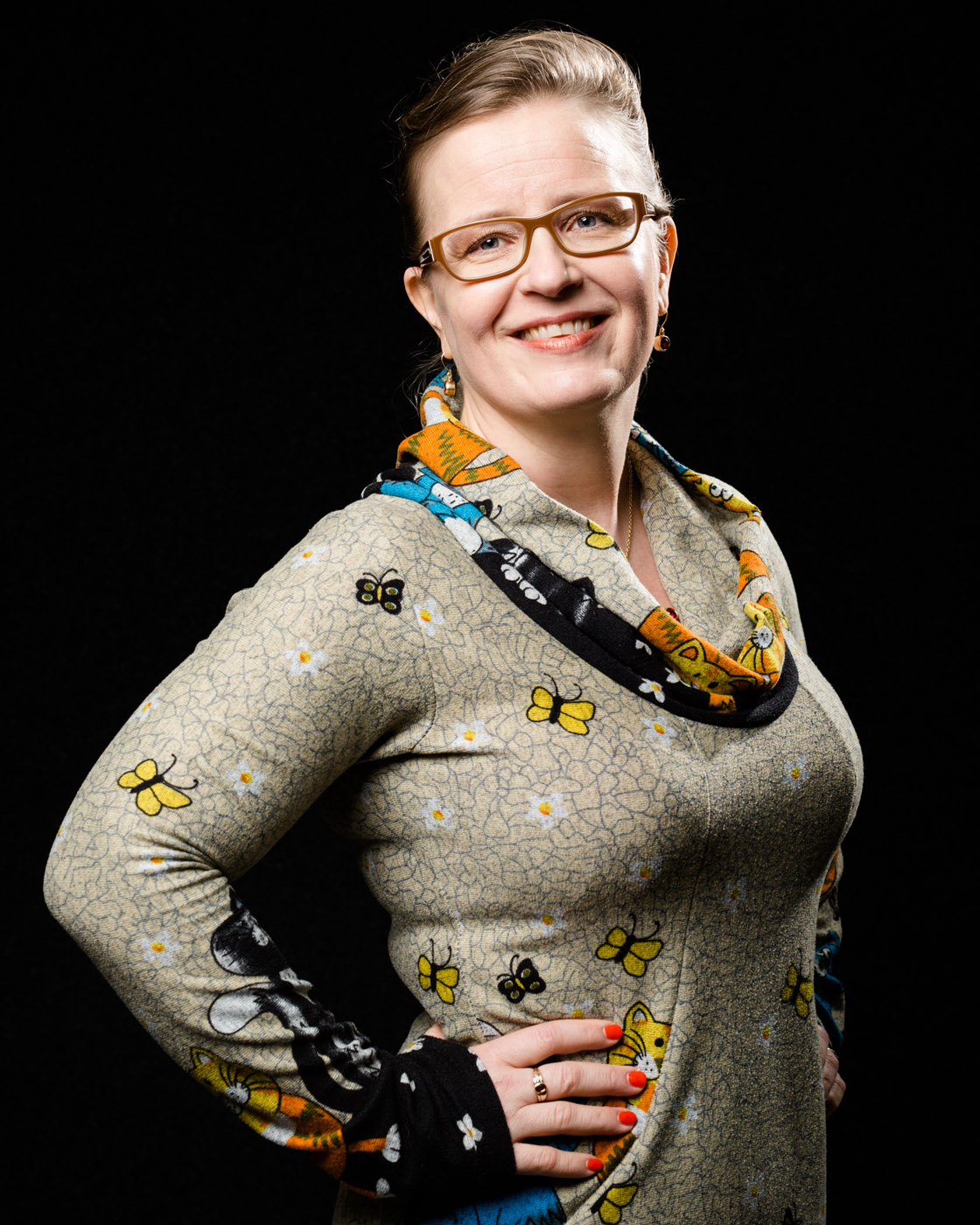

LATEST